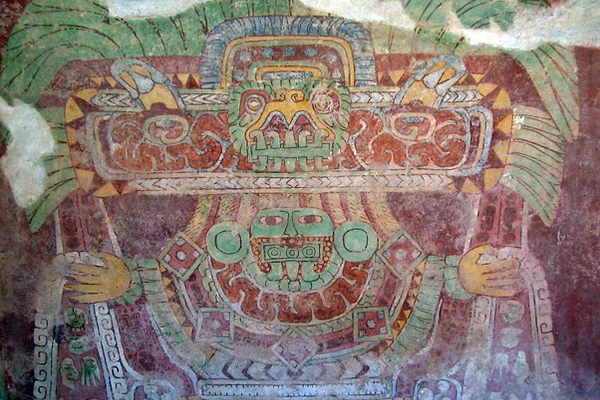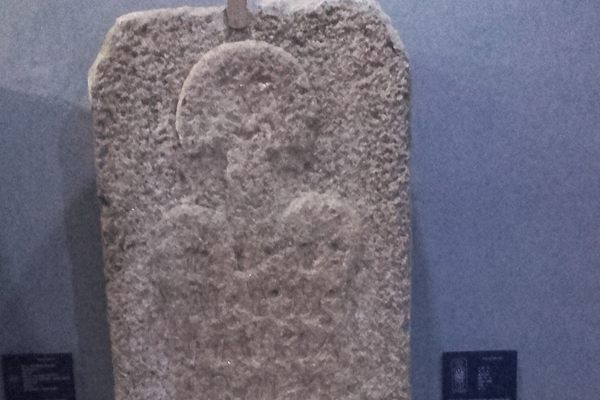About
Since its discovery in 1908, the Phaistos Disc has baffled experts worldwide. Though many have attempted to decipher the enigmatic code of the 241 hieroglyphic symbols comprising 45 signs, the meaning, age, and place of origin of this artifact remain a mystery.
This double-sided clay disc, roughly 10.5 centimeters in diameter and characterized by the the spiral pattern of of the symbols imprinted on its surface, was discovered by Italian archeologist Luigi Pernier during an excavation of Phaistos, the site of a Minoan palace in Crete. While the disc is named for the place in which it was discovered, the absence of similar artifacts in the region suggests that the site is not the disc's actual place of origin.
Attempts to determine its place of origin, however, have proved inconclusive. Equally inconclusive are the attempts to decode the disc's meaning, and though experts and amateurs alike will no doubt continue to try, it is unlikely that a definitive interpretation will arise without similar objects to compare it to. Estimates of the disc's age have dated it anywhere from 1400 BC to 1850 BC.
The most compelling argument is that the disc was an early system of the use of movable type, as it seems to have been printed with a series of stamps which could have been used to produce multiple copies of the same text. If this is correct it would make the Phaistos Disc the earliest example of movable type yet found.
Predictably, skeptics have suggested that the Phaistos Disc is a forgery and a hoax, but most experts have found little reason to doubt its authenticity. You can find the Phaistos Disc on display at the Heraklion Archological Museum in Crete.
Related Tags
Published
April 18, 2013

























